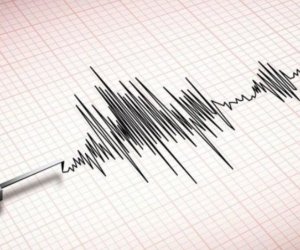Self-healing plastic inspired by blood

A new plastic that "heals itself" has been designed, meaning your cracked phone screen or broken tennis racquet could one day mend its own wounds.The polymer automatically patches holes 3cm wide, 100 times bigger than before, BBC reported.Inspired by the human blood system, it contains a network of capillaries that deliver healing chemicals to damaged areas.The new material, created by engineers at the University of Illinois, is described in Science journal.For decades scientists have dreamed of structures that heal like a plant or an animal heals a wound.Cracks in water pipes and car bonnets would seal up. Satellites could repair their own damage. Broken electronic chips in laptops and mobile phones would spontaneously sort out their own problems.One of the first big breakthroughs came in 2001 at the University of Illinois. Prof Scott White and colleagues infused a polymer with microscopic capsules containing a liquid healing agent. When the material cracked, the chemicals were released and bridged the gaps.More recently, concrete, water-resistant coatings, and even electrical circuits have been engineered with self-healing properties.But even the best self-healing plastics and polymers can only repair small-scale damage, the Science magazine authors note."Although self-healing of microscopic defects has been demonstrated, the re-growth of material lost through catastrophic damage requires a regenerative-like approach," said Prof White.To fix larger breakages, he and his team have designed a new, vascular system - inspired by the arteries and veins of the human body.A network of channels delivers a healing agent to the site of damage.The chemicals arrive via two separate streams. They combine to seal the gap in a two-stage reaction. Initially, they form a gel scaffold across the hole. The gel then slowly hardens into a robust, solid structure."We filled regions exceeding 35mm within 20 minutes, and restored mechanical function within three hours," the researchers wrote in Science.Tests showed the material recovered about 62% of its original strength.ANN.Az
Similar news
Similar news




































 Photo
Photo 



 Video
Video 

